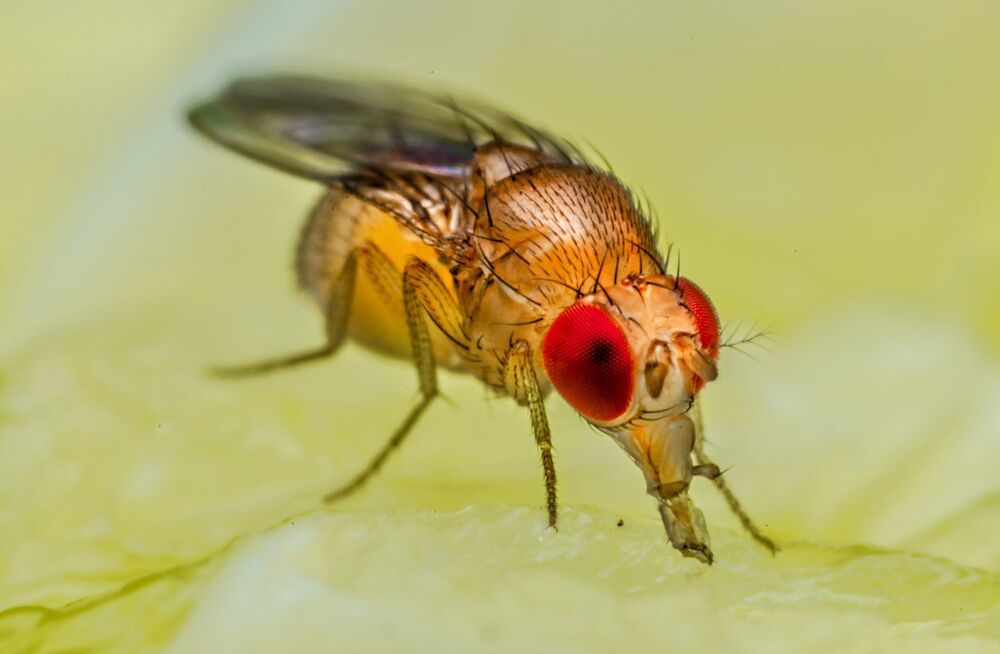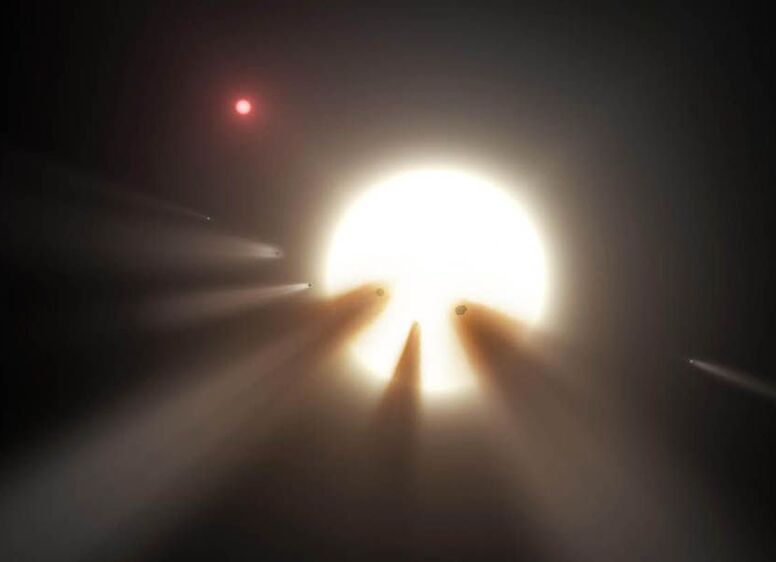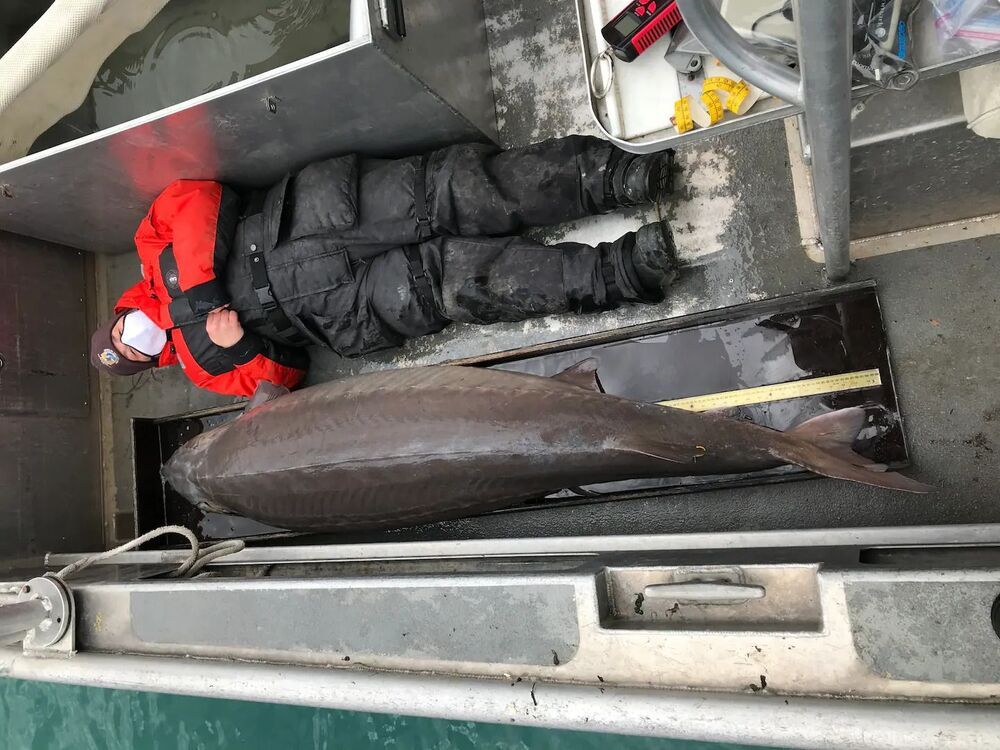Circa 2019
While we’ve seen plenty of runners propose postmarathon (or even, dare we say it, in the middle of a marathon), few have gone the extra mile—or in this case, the extra 100-plus miles—before popping the question.


O,.o.
In a new study from the California Institute of Technology, experts have discovered that fruit flies can fly up to 15 kilometers in a single journey. This distance is the equivalent of the average human traveling over 10000 kilometers, or more than 6200 miles.
The record for the longest distance by a human was set in 2005, when an ultramarathon runner Dean Karnazes ran continuously for 80 hours over 350 miles – roughly 324000 times his body length. The Caltech study has found that fruit flies can travel up to six million times the length of their body.
The experts designed a series of “release and recapture” experiments involving hundreds of thousands of fruit flies under various wind conditions.

Rather than relying on Hollywood-like budgets to produce games, videogame company Roblox outsources the development to its mostly young players. WSJ meets a gamer making money from his creations and helping the publicly traded company attract new players. Photo: Roblox.
More from the Wall Street Journal:
Visit WSJ.com: http://www.wsj.com.
Visit the WSJ Video Center: https://wsj.com/video.
On Facebook: https://www.facebook.com/pg/wsj/videos/
On Twitter: https://twitter.com/WSJ
On Snapchat: https://on.wsj.com/2ratjSM
#WSJ #Roblox #IPO


Within the Milky Way, there are an estimated 200 to 400 billion stars, all of which orbit around the center of our galaxy in a coordinated cosmic dance. As they orbit, stars in the galactic disk (where our Sun is located) periodically shuffle about and get closer to one another. At times, this can have a drastic effect on the star that experience a close encounter, disrupting their systems and causing planets to be ejected.
Knowing when stars will make a close encounter with our Solar System, and how it might shake-up objects within it, is therefore a concern to astronomers. Using data collected by the Gaia Observatory, two researchers with the Russian Academy of Sciences (RAS) determined that a handful of stars will be making close passes by our Solar System in the future, one of which will stray pretty close!
The study was conducted by Vadim V. Bobylev and Anisa T. Bajkova, two researchers from the Pulkovo Observatory’s Laboratory of Galaxy Dynamics in St. Petersburg, Russia. As they indicated, they relied on astrometric data from the Gaia mission’s Early Data Release 3 (EDR3), which revealed kinematic characteristics of stars that are expected to pass within 3.26 light-years (1 Parsec) with the Solar System in the future.


Children are our future, in every sense of the word. But what might that future be like, and how might it shape the lives of young people? Thanks to COVID and numerous other social, ecological, and technological shifts taking place right now, the future of childhood is evolving.
So what happens when three leading female futurists come together to envision what the children of the future could be like or what world they might inhabit? The result is this article, that shares creative and thought-provoking profiles of five kids from the future.
https://www.forbes.com/sites/cathyhackl/2021/04/18/five-kids-from-the-future/?sh=b2026247a379

This marine marriage has been going strong for 273 million years.
Paleontologists have rediscovered a symbiotic relationship between two deep-sea animals that were previously thought to have disappeared from fossil record hundreds of millions of years ago.
The ancient pair identified in a new report — published in the journal Palaeogeography, Palaeoclimatology, Palaeoecology — are two types of non-skeletal coral and crinoid, or sea lilies, an animal whose cousins in the phylum Echinodermata include starfish and sea urchins.

This video explains the structure and function of proteins.
Thank You For Watching.
Please Like And Subscribe to Our Channel: https://www.youtube.com/EasyPeasyLearning.
Like Our Facebook Page: https://www.facebook.com/learningeasypeasy/
Join Our Facebook Group: https://www.facebook.com/groups/460057834950033
Support Our Channel: https://www.patreon.com/supereasypeasy
